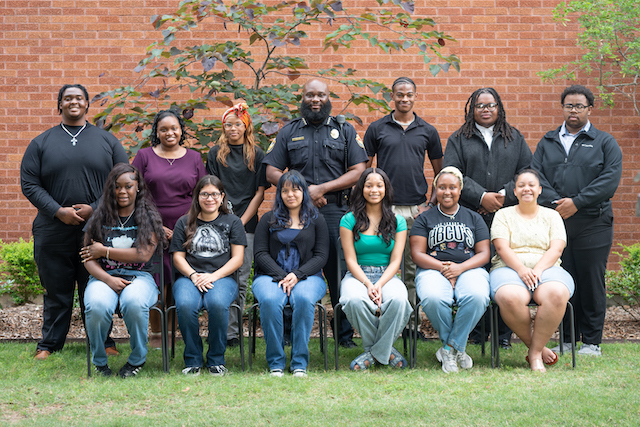Visitor dispels myths about poor education in Mexico
Published 10:41 am Wednesday, August 17, 2011
Sarahí, a 19-year-old engineering student from Nuevo Laredo, Mexico, came to Port Arthur last week to visit her sister.
Three years from graduating with her master’s degree in mechanical engineering, Sarahí praised Mexican universities and pointed out many similarities to the U.S. system in regards to rigor and instruction.
“No importe el tipo de carrera, las matemáticas los ensenan igual,” It is not important what type of career, math is taught anyways, she said during an interview at her sister’s home.
At age 18, Sarahí learned integral calculus and was able to use it to take voltage measurements in her electronic engineering labs.
One of the projects for the 2011 spring semester, the Mexican engineering students built robots and taught them to do chores using computers.
The schools in Mexico are funded by taxes, like in the U.S., she said, but much of the school funding also comes from donations from local supermarkets.
A regular salary for a teacher in Mexico ranges from $700 to $900 a month, she said.
Oscar Yanez, a fourth grade bilingual teacher for Port Arthur ISD, was raised in the Mexican education system in Zacatecas, Mexico.
According to Yanez, the major difference between the two school systems is the difference between the centralized approach of Mexican educators and the independent school district system of the U.S.
The textbooks, for example, are the same for the whole country.
Yanez said Mexico has a lot of problems but it also has a lot of good teachers who are passionate about what they do.
“Mexico is a country of contrast,” Yanez said. “You can find very good school and you can find very bad schools.”
Mexico has universities that rank in the top 50 universities in the world, but the big difference, Yanez said, is that college is free.
According to Yanez, many of his students, most of them from Mexico, have very advanced levels of language arts skills.
The Spanish language is a phonetic language, unlike English, which means every letter always makes the same sound.
“We have 26 letters and we have 26 sounds,” said Yanez.
As a consequence the students who come to the U.S. from schools in Mexico have a great advantage to those who have not received the language arts education.
“I have seen many students who have transferred to have a very good foundation in their first language,” said Yanez. “If they start learning language arts in their first language there is a huge advantage.”
bjanes@panews.com





